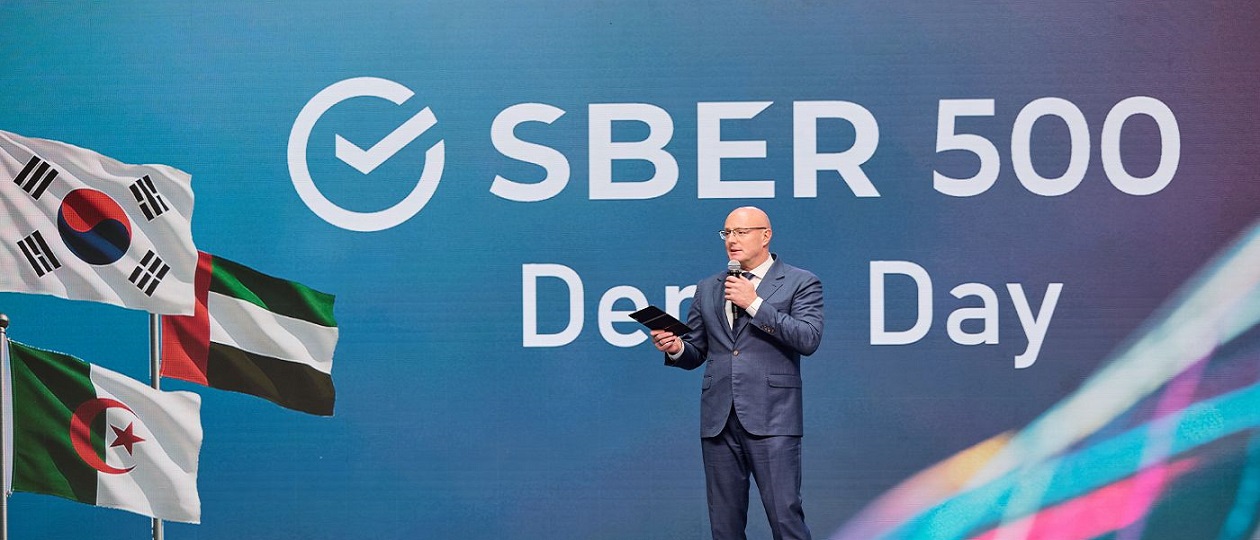
Deputy Prime Minister Chernyshenko took part in the so-called demo day (sounds ominous) of the international accelerator Sber500, hosted by Sber and its Chairman of the Board, Gref, as part of the Moscow Startup Summit at SberCity.
During the demo day opening, Chernyshenko thanked Sber as “a corporation that has built a veritable conveyor belt for startups—from the first idea to the global market” and cited statistics: according to VTsIOM, almost half of Russians surveyed—44%—want to live in a smart city, and 14% believe they already live there. One must wonder if the survey of “Russians” was conducted within the Garden Ring and limited to the under-20 age group. Actually, aside from Moscow and a few other major cities, reliable internet access in the country remains nonexistent. Even in the Moscow region.
But that’s not all that’s interesting. Addressing the participants, the Deputy Prime Minister noted that “…almost half of the teams represented are DeepTech startups, with deep scientific roots. The government is currently the largest investor in science. In 2025, 665 billion rubles have been allocated for research and development. Scientists are conducting this research with federal funds through assignments, grants, and subsidies.
This means that somewhere in Russia, there’s a high probability that research on your topics is already underway. And you, as entrepreneurs, can convert this scientific research and turn it into real, cool businesses.”
Well, calling for converting science into money and “creating cool businesses” at an event for entrepreneurs is probably fine. But is 665 billion rubles for science a lot or not, let alone enough? We looked at the statistics for the last three years. The federal budget allocated 887 billion rubles for (civil) science in 2023, 717 billion in 2024, and 665 billion in the current year, 2025.
Clearly, despite the stated goals of technological leadership, federal budget expenditures on science are declining sharply each year. From 2023, they’ve already fallen by 25%.
Furthermore, 665 billion rubles represents 0.33% of the country’s GDP by the end of 2024 (according to UNESCO, it’s 0.94%). The US budget, for example, spent $500 billion that same year, which is just under 3.5% of GDP, South Korea spent around 5%, and Israel a mere 5.5%.
Indeed, overall R&D expenditures in 2024 are estimated by the State Statistics Service at 1.88 trillion rubles. However, the state’s share is significantly less than 1/3 (the 665 billion rubles budget expenditure on science includes far more than just R&D).
Businesses don’t directly aim to transition to the 6th technological paradigm, but they do aim to make a profit. As practice shows, oil and gas corporations are quite capable of achieving this within the 5th technological paradigm.
For Russia as a state, this should definitely be a priority. Because, due to over 30 years of man-made scientific and industrial degradation, Russia has only one opportunity to “overtake without catching up”: to be a pioneer in the transition to a new type of post-industrial economy—a knowledge economy. Without conscious, significant investment, this is impossible.
And in conclusion, the Deputy Prime Minister urged “not to grasp only at fast markets, as it is important to fulfill our mission—to leave behind a country we can be proud of, in which our children and grandchildren will live.” And we completely agree with him on this.





